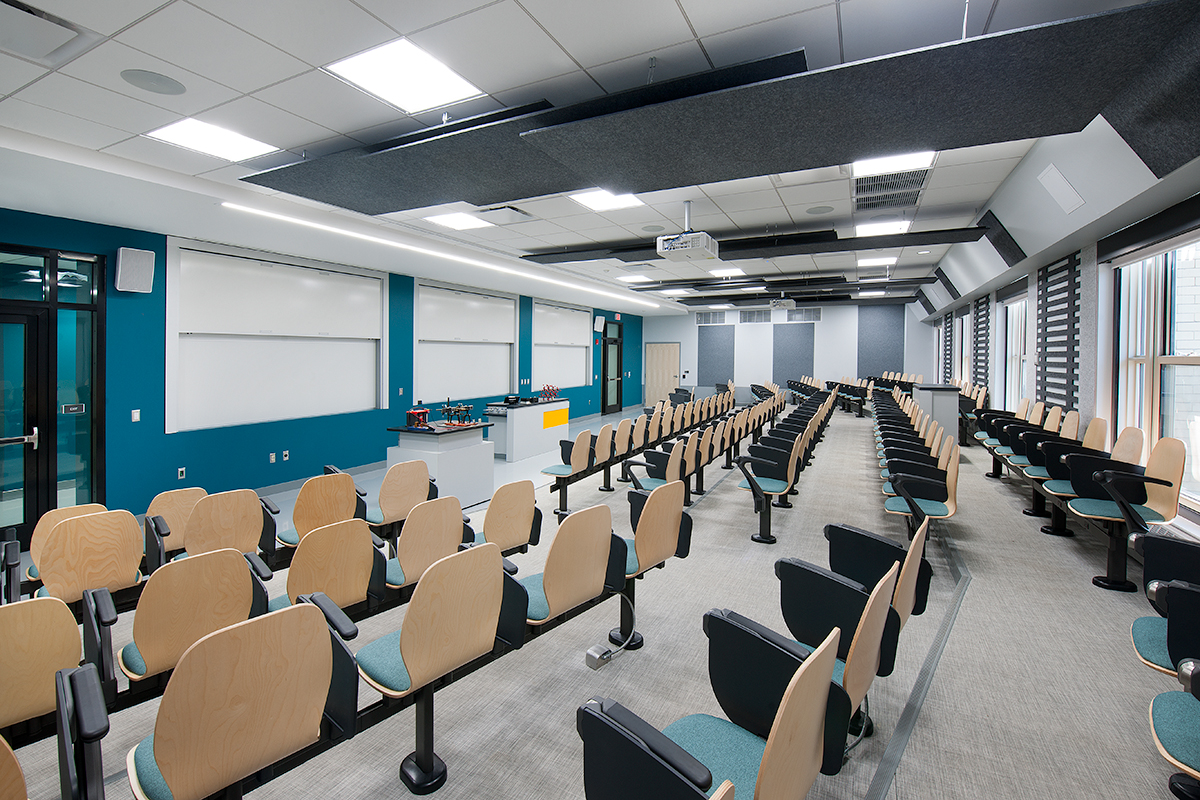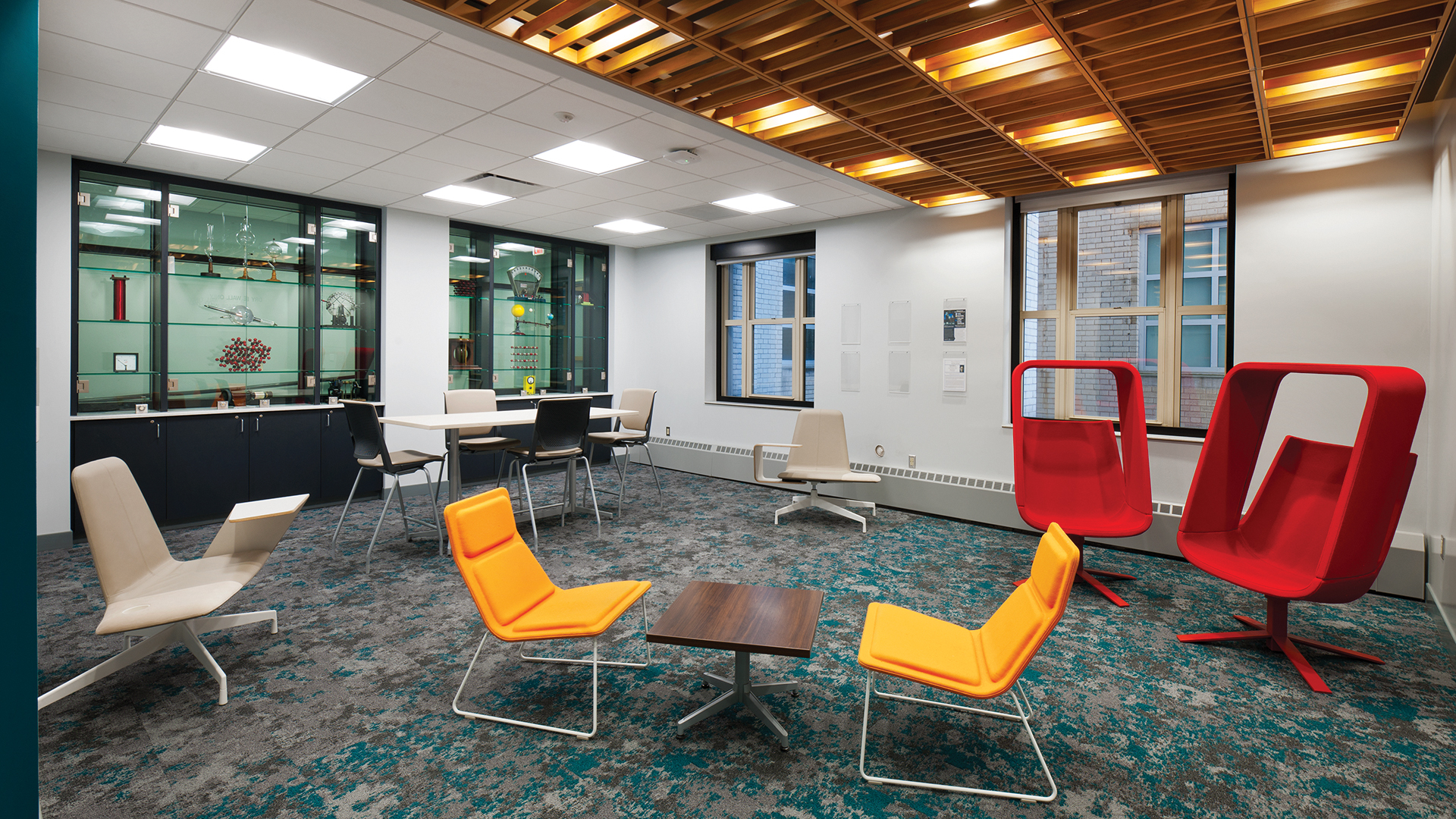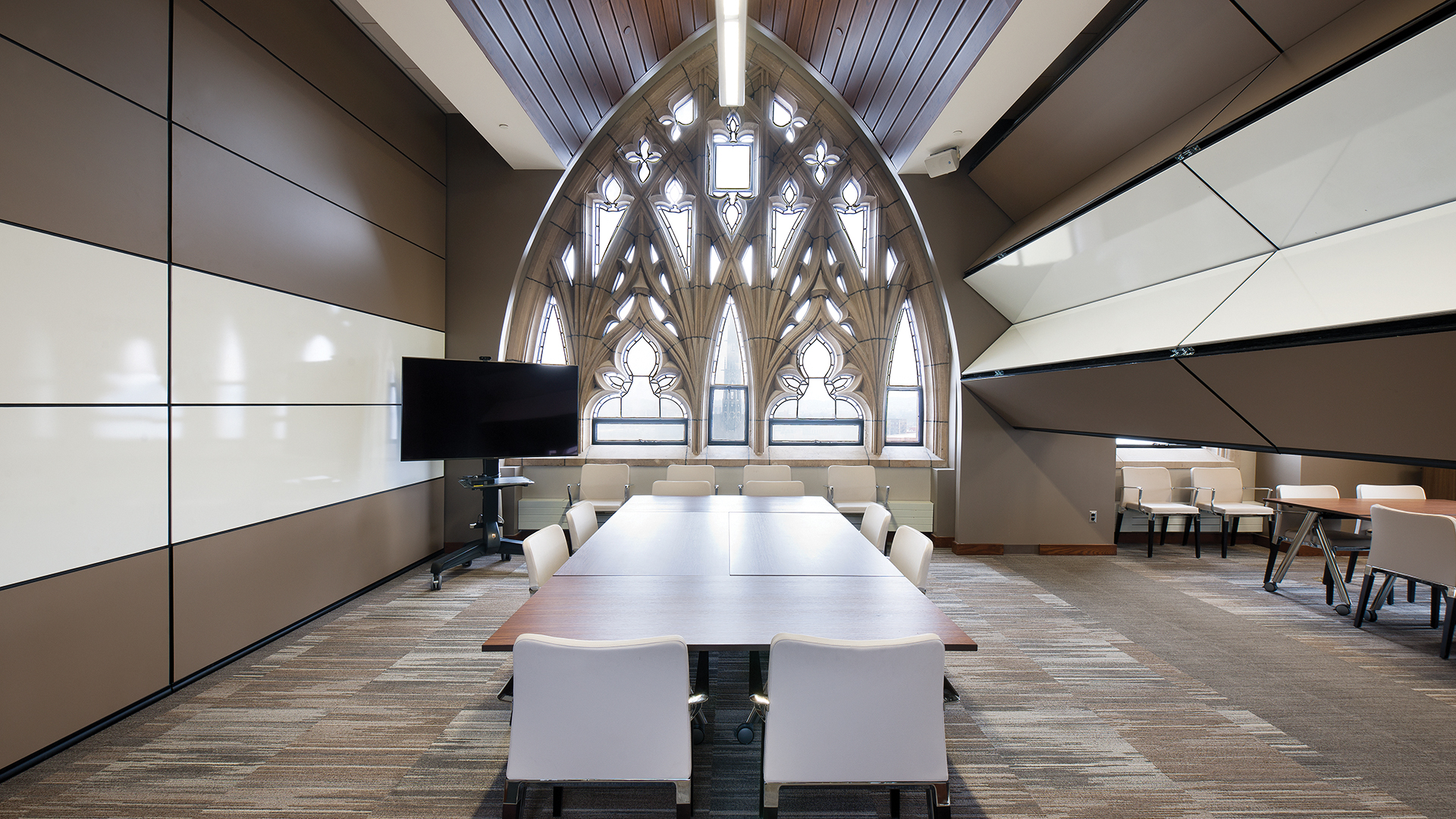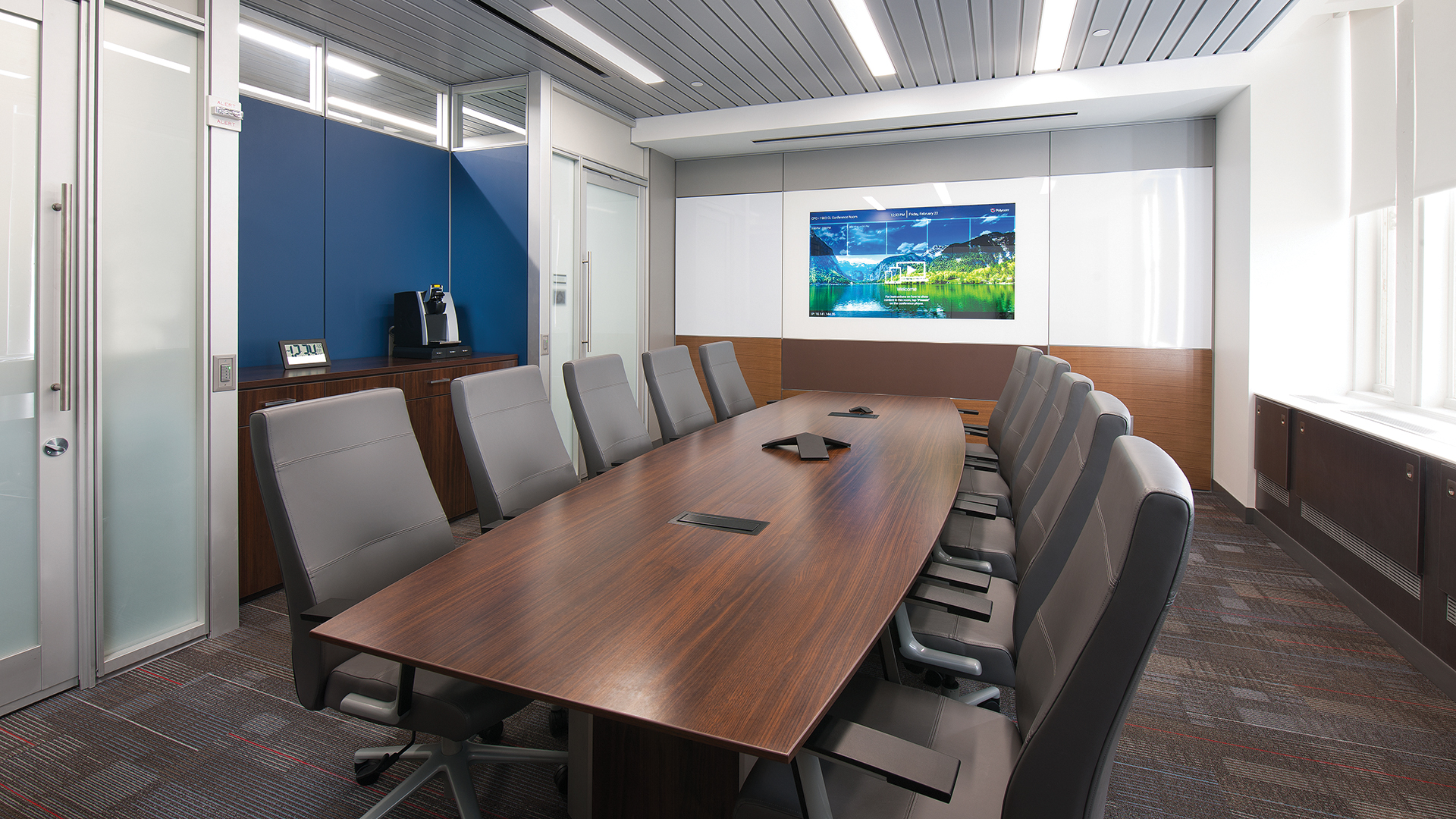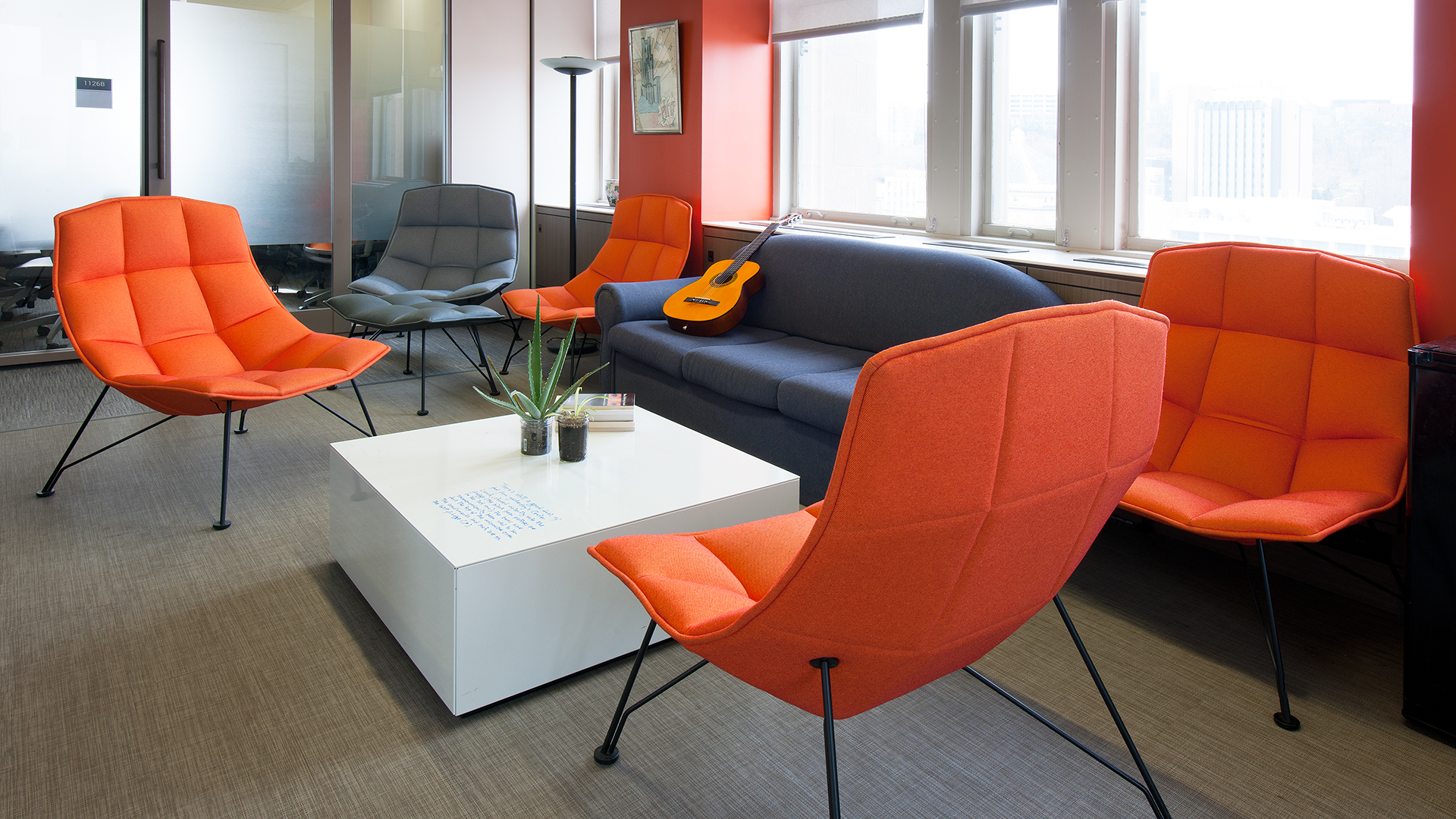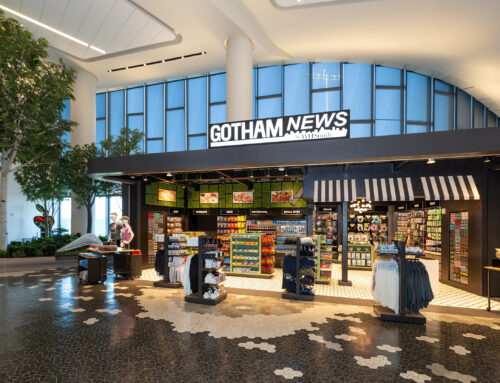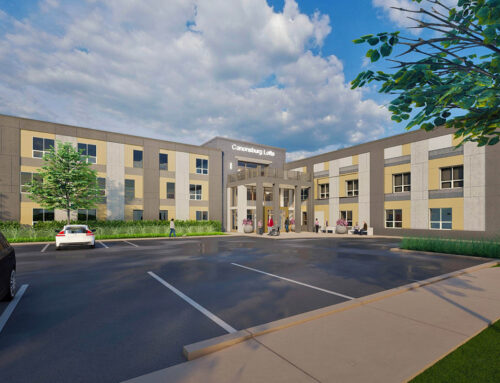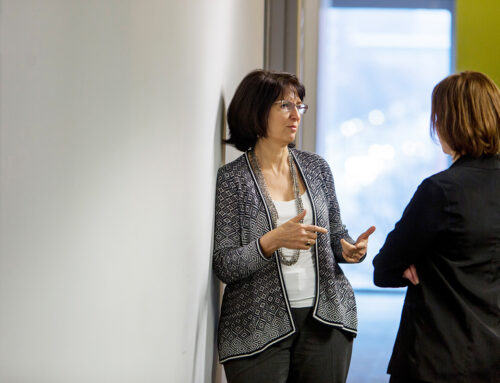The value proposition of higher education has come under scrutiny in recent years. With rising costs of tuition and subsequent student loan debt, the upshot is that a college degree has a different meaning to the students of today than to previous college generations. How are institutions of higher learning evolving to respond to this paradigm shift? Here are some of the current trends we are seeing in the ever-shifting collegiate landscape, and some ways in which LGA’s designers are responding to help our clients stay at the forefront of modern-day higher education design.
Trend #1: The Next Generation
With the oldest members of Generation Y graduating and entering the workforce, college campuses will soon be overtaken entirely by Generation Z. The generational cohort following the Millennials, and the most racially and ethnically diverse generation ever, Gen Z is characterized by a high degree of digital literacy and sense of social responsibility. Recent surveys have shown that nearly 60% of college-age Gen Zs are enrolled in post-secondary education (an increase of almost 20% over their Millennial counterparts), positioning them to be the most well-educated generation yet. However, that does not mean that they are going in without some trepidation. As the children of Gen X, they watched their parents struggle with post-9/11 and post-recession fallouts as well as numerous systematic issues. As a result, their generation is more uncertain about the future and attuned to the value of their education.
Design Response: Spaces that support informal and collaborative learning
- Breakout spaces that support group efforts – both inside and outside the classroom
- Lounge areas that blend the lines between learning and leisure environments
- Increase of campus areas that incorporate forms of integrated technology
Trend #2: Not Just for Kids
Generation Z may encompass much of the student body, but they are far from alone. Nearly 38% of today’s college enrollment is post-traditional students, or “adult learners” (defined as anyone over the age of 25), a number that the National Center for Education Statistics projects will continue to grow, well into 2025 and beyond. Due to competing priorities that may include full-time employment and family, degree plans focused primarily at adult students become exercises in efficiency, streamlining administrative processes and offering expedited services that shorten wait times. Adult learners benefit from flexible programs that work with what the student is bringing to the table, rather than forcing them into a “one-size-fits-all” paradigm.
Design Response: Efficient and flexible infrastructure to support learners from diverse backgrounds
- Adult-focused “express lane” desks and kiosks in registration and other administrative areas
- Operable partitions that can convert larger classrooms into smaller, less intimidating learning spaces
- Hybrid classrooms designed to help professors teach blended online / in-person courses
Trend #3: Measure Knowledge, not Time
Many of those adult learners are finding opportunities to convert their life experiences into college credit. Competency-based education (CBE) programs allow students to test out of subjects where they already have demonstrated experience – and earn the requisite credit – without sitting through the associated credit hours and paying tuition. The focus shifts from a traditional course led by an instructor, lecturing at a set time in a set schedule, to a more tailored, interactive experience that moves at the student’s pace. The result is a more well-rounded – and attainable – education, based on tangible real-world experience, leading to a degree in considerably less time.
Design Response: Multipurpose spaces conducive to individualized education
- Modular furniture systems allowing for a quick rearrangement of space to encourage different uses
- Conversion of existing spaces – meeting rooms, waiting areas — into individual testing stations
- Classroom amenities (such as whiteboards and projectors) integrated into public areas on campus
Trend #4: Plugged In
Online courses are certainly nothing new – enrollment has increased by 400% since the first classes were introduced in the early 2000s, but how they are developed and marketed is changing rapidly. Rather than the ubiquitous massive open online courses (MOOCs) that became the standard for early online education, Universities are now working to develop hyper-focused degree programs that cater to smaller class sizes, a fundamental aspect to competency-based education. An increasing number of online courses are being taken by individuals who already hold at least one degree, suggesting that these learners are looking for enrichment, not necessarily an additional credential. As their offerings continue to expand in depth and breadth, institutions are increasingly turning to for-profit online program managers (OPMs) to help them curate and market this content more effectively.
Design Response: Tech friendly spots on campus
- Small study and lounge areas across campus that can be outfitted with connectivity
- Wayfinding built with the online learner (students who may only visit campus occasionally) in mind
- An increase in the amount of “white box” tenant space on campus, to support third party entities
Trend #5: Degrees of Separation
The tried and true traditional four-year degree path is no longer the only option available to students. In increasingly higher numbers, colleges and universities are partnering with some of the largest American corporations (particularly technology giants like IBM and Google) to provide more tailored non-degree opportunities that cater to job-specific skills. These opportunities often come with significantly less of an investment in time and money. New credentials such as badges and certificates, that were once considered supplements to a four-year degree, are now becoming more viable (and cost-effective) alternatives to the degree itself, particularly for adult learners.
Design Response: Bringing work environments to the classroom
- Conference-ready meeting rooms optimized for the quick set-up of web-based phone and video calls
- Private one-on-one meeting spaces where prospective students can discuss options with advisors
- Hyper-tailored classrooms designed to teach specific skills in a work-like environment
Trend #6: Boosting Soft Skills
College is not just about earning a degree — it’s about embarking upon what will hopefully be a life-long career. But first, you’ve got to get the job. More and more universities are establishing formalized career prep guidance centers – offering everything from resume advice to mock interviews – to help students to improve upon their soft skills. Many of the skills that employers are seeking in their applicants – in particular, critical thinking and articulate communication – are intrinsically part of the college experience. The ultimate goal of the career prep center is to help the students to recognize those skills and appropriately leverage them.
Design Response: Allocating adequate space to create an efficient career prep center
- Finding underutilized spaces in existing facilities that can be repurposed as career development centers
- Fluid floor layouts that serve multiple purposes – networking, interviews, career research
- Approachable and welcoming interiors that encourage student participation
Trend #7: Value Beyond the Degree
With the price of higher education ever on the rise, the onus is upon colleges and universities to prove that the investment is worth the cost. A 2017 Gallup poll found that only a third of incoming college students feel that they will graduate with the skills necessary to find a job in their chosen field, a direct challenge to the value proposition of higher education. Traditionally more of a priority for trade schools and community colleges, institutions are now beginning to develop programs that foster entrepreneurship and workforce development, to prove job readiness. To promote job readiness at all stages, this type of interaction isn’t limited just to upperclassmen – students are encouraged to engage as early as their freshman year. In some cases, it’s not even limited to campus – some institutions have developed career-outreach programming with local high schools, preparing students for a future career before they have even enrolled in college …and reinforcing the value of post-secondary education.
Design Response: Promoting college as an experience
- Outfitting blank walls in public areas with digital signage to promote outreach programs
- Updating space to include non-education focused amenities – cafes, coffee shops, light retail
- Collaborative, open areas to promote college as a multi-faceted experience outside the classroom

Author
Sean Sheffler RA, AIA, LEED AP
Associate
